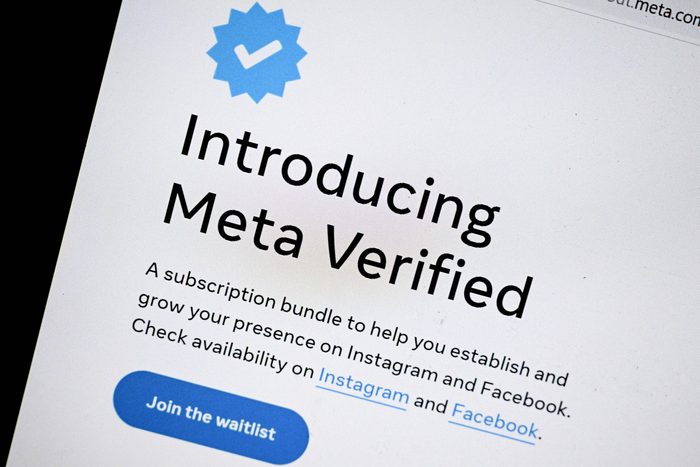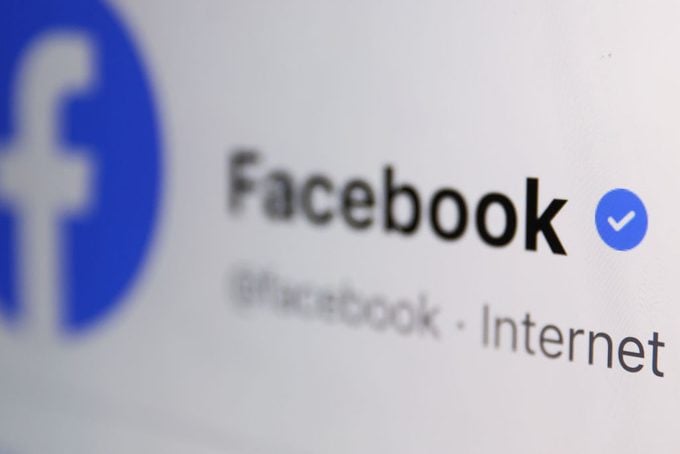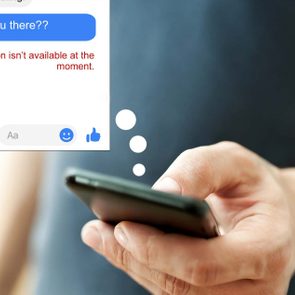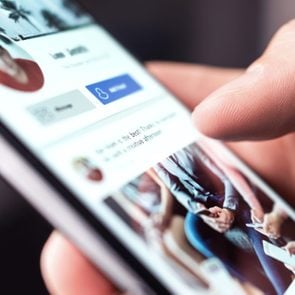Facebook Just Announced Paid Verification and Lots of People May Be Deactivating Their Accounts
Updated: Feb. 24, 2023

First Twitter and now Facebook and Instagram? Here's everything you need to know about Meta Verified.
We’ve all received Facebook friend requests from someone we already know and Facebook Messenger messages from friends we don’t typically chat with. When this happens, it typically means your friend’s account has been hacked, and if you open the message, you might be the next victim of a Facebook scam. It’s a hassle to recover a hacked Facebook account, and sometimes people are locked out forever.
Similarly, fake Instagram accounts are rampant. All the Instagram scammers do is add an underscore or dash to mimic the name of a popular account, making the fake account nearly indistinguishable from the real account. If you engage with these accounts, you may open yourself to one (or more!) of these Instagram scams.
While verification—usually with a blue tick—has always been a way to identify and authenticate accounts of people such as celebrities, regular Facebook or Instagram users have had no way to tackle this issue—until now.
What is Meta Verified?
Meta recently announced that they’re rolling out Meta Verified, a subscription that includes verifying and authenticating accounts. The subscription will cost $11.99 per month for web users and $14.99 monthly for iOS and Android use. “When Elon Musk announced he was introducing paid verification, most people said, ‘How stupid! They will lose a lot of users'” says social media strategist Yesim Saydan. “But Mark Zuckerberg said, ‘Brilliant idea. I should do that.'”
“Meta took a page out of Twitter’s playbook,” says Karim Hijazi, CEO of Cyligence. “Not only will this generate an additional revenue stream for Meta, but if rolled out effectively, it will help rid the platform of fraudulent accounts.”
Later this week, Meta will start testing account verification in Australia and New Zealand. Could verifying your accounts be the greatest social media hack for a better user experience, or is it just a way for Meta to make money?
How are people feeling about the new Facebook verification?

Following Meta’s announcement, cybersecurity experts at VPNOverview.com analyzed Google Trends data. The data shows that search interest for the terms “deactivate Instagram” and “deactivate Facebook” rose sharply. The data shows that search interest for “deactivate Instagram” increased by 1,566% and “deactivate Facebook” increased by 1,900%. There’s no question that people are thinking about this change and wondering what it means for them.
“Generally, I think people aren’t happy having to pay for something they didn’t need to pay for in the first place,” says Christophe Jammet, managing director of innovation and emerging media at Gather. “Also, paying for verification is a fundamentally different product than ‘earning’ it.”
Should you deactivate your account?
Change tends to leave people feeling uncertain, and it’s better to be safe than sorry when it comes to cybersecurity and online scams. “I don’t think this move necessitates account deletion or security concerns,” Jammet says, but Brittany Allen, Trust and Safety Architect at Sift, thinks Meta’s new Verified Program has the potential to increase fraudulent activity across its platforms. “As some users opt to pay for verified accounts, fraudsters will see an opportunity to take advantage of the change, and scammers are likely to increase phishing attempts to take over verified accounts,” Allen says.
“Taking over a verified account is appealing to fraudsters, allowing them to spread spam or disinformation to a wider audience,” Allen explains. “They may also use these accounts to run social engineering scams, tricking victims into sending money or installing malware on their devices.’ On top of it, for those who don’t opt for a verified account, fraudsters will have more opportunities to commit account takeover attacks and sensitive information may be vulnerable.
Due to these risks, Allen urges social media users to be extra vigilant around “too good to be true” offers and around accounts that don’t have a history that looks organic. In addition, she recommends using password managers to create unique and complex passwords and enabling two-factor authentication. “Ultimately, staying safe online is the responsibility of both consumers and the companies they do business with,” Allen says, “Consumers have tools at their disposal but so do businesses and those that choose to protect their customers’ accounts with the right technology will have happier, more loyal customers.”
Sources:
- Yesim Saydan, social media strategist and mentor at Google Launchpad
- Karim Hijazi, CEO of Cyligence
- Meta, “Testing Meta Verified to Help Creators Establish Their Presence“
- Christophe Jammet, managing director of innovation and emerging media at Gather
- Brittany Allen, Trust and Safety Architect at Sift




















